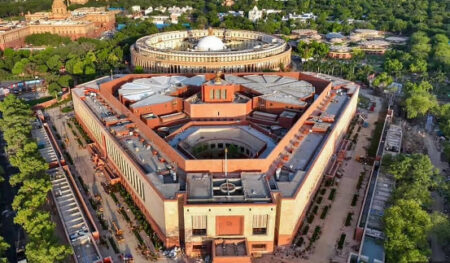
Image Source – Google
Astronomers and Scientists have been trying to find signs of Mars through extensive research and advanced missions. In their latest research, it has been specified that a region on Mars might have been “repeatedly sustainable” until quite late in Martian History. There has been the discovery of clay-bearing sediments within the Margaritifer Terra region of Mars. The area also has some widely preserved landforms made by running water on its surface.
Catherine Weitz, who is the Planetary Science Institute’s Senior Scientist and is also the lead author of the paper published in Icarus, stated that “ the existence of clays signifies an environment favourable for life because clays form and remain firm under neutral pH conditions where water continue long-term that reduces evaporation to form other minerals like sulfates.”
For the study, the researchers examined data from NASA’s High-Resolution Imaging Science Experiment (HiRISE), and Context Camera (CTX). Lastly, Compact Reconnaissance Imaging Spectrometers for Mars ( CRISM) boarded the MarsReconnaissance Orbiter spacecraft.
As claimed by Weitz, they scanned the images of orbit and also spotted clay-bearing sediments within the northern Ladon Valles, Southern Ladon Basin, and Highlands around Ladon Basin. The researchers concluded that the clay first got assembled in the older highlands terrains in the Ladon basin. Later, water destroyed the sediments that contained the clay and formed the Ladon Valles channel. The clay then landed up getting settled downstream in the lake in the Ladon basin and in the northern Ladon Valles region.













